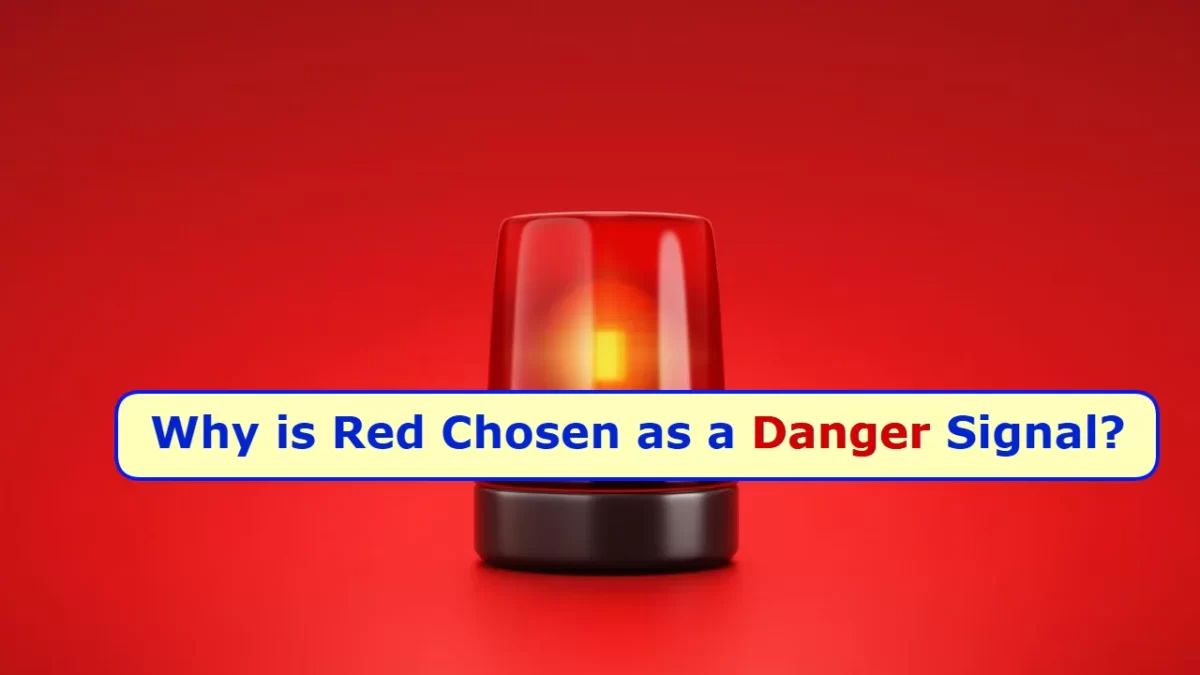Red is the color of danger. It is used to warn people of potential hazards, such as stop signs, stop lights, and fire alarms. But why is red the color of danger? Is there any science behind it?
The Science of Colour Red
The color red has a long wavelength, which means that it is scattered the least by particles in the air. This makes it the most visible color over long distances, even in poor visibility conditions, such as fog or rain.
Red also has a psychological effect on people. It is often associated with anger, danger, and aggression. This makes it a very effective color for warning people of potential hazards.
Why Red is Used for Danger Signals
For these reasons, red has become the standard color for danger signals. It is used in a wide variety of settings, including:
- Traffic signals
- Fire alarms
- Warning signs
- Hazardous materials labels
- Medical equipment
Red is an effective color for danger signals because it is highly visible, even in poor visibility conditions. It also has a psychological effect on people, making them more likely to pay attention to it.
Also Read: The Ant Milk Craze: Scientists Discover Ant Milk is Incredibly Nutritious
What Other Colors are Used for Danger Signals?
In addition to red, other colors are sometimes used for danger signals. These include:
- Orange: Orange is similar to red in terms of visibility, but it is less associated with anger and aggression. This makes it a good choice for some types of danger signals, such as construction zones.
- Yellow: Yellow has a shorter wavelength than red, which means that it is scattered more easily by particles in the air. However, it is still visible over long distances, and it is not as associated with anger and aggression as red. This makes it a good choice for some types of danger signals, such as hazard warnings.
Also Read: YouTube Monetization Update: YouTube Lowers Monetization Requirements to 500 Subscribers
Red is the most common color for danger signals because it is highly visible, even in poor visibility conditions. It also has a psychological effect on people, making them more likely to pay attention to it. Other colors, such as orange and yellow, are sometimes used for danger signals, but red is the most common choice.
